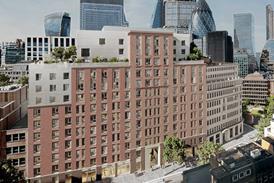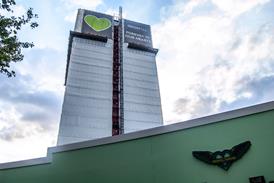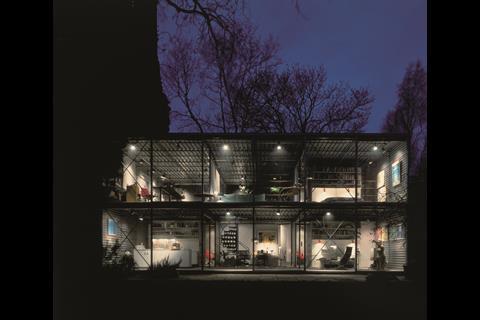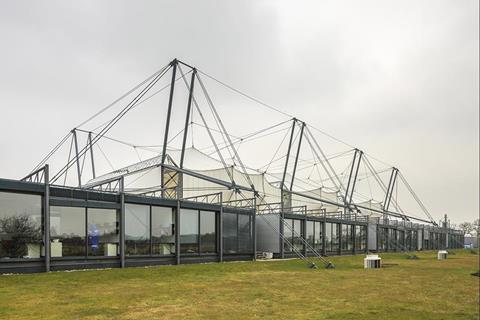The influential and highly regarded architect died surrounded by his family

Sir Michael Hopkins, one of the most respected and influential figures in British architecture, has died at the age of 88.
He was widely recognised as one of the most significant figures in British architecture over the past 50 years.
As a pioneer of high-tech architecture in the late twentieth century, Hopkins founded the acclaimed architectural firm Hopkins Architects alongside his wife, Patty Hopkins.
Their portfolio includes a string of award-winning buildings such as the Schlumberger Cambridge Research Centre, the Mound Stand at Lord’s Cricket Ground, Glyndebourne Opera House, and the Guy’s and St Thomas’ Evelina Children’s Hospital.
Hopkins’ contributions to the architectural profession were acknowledged with a CBE in 1989 and a knighthood in 1995. He was elected as a Royal Academician in 1992. In 1994, he and Patty Hopkins were jointly awarded the Royal Gold Medal for Architecture.
Throughout his career, Hopkins held several notable appointments, including President of the Architectural Association (1997-1999), Royal Fine Art Commissioner (1986-1999), Member of the London Advisory Committee to English Heritage (1990-1993), Member of the RIBA Council (1991-1994), and Trustee of the British Museum (1994-2004).
Patty Hopkins expressed her deep sorrow, reminiscing about their first encounter and the many years they spent together as husband and wife, and professional partners. She said: “I first met Michael in the AA refectory – he was a tall, stylish, somewhat enigmatic figure. We worked together and shared a life with a beautiful family for 61 years.
“Michael was obsessive about architecture and tenacious in refining a design until he was absolutely satisfied with it. He was usually (and annoyingly) right. He made the world - and the buildings so many people live work and learn in - more beautiful. We will miss him more than we can imagine.”
Michael Taylor, principal of Hopkins Architects, paid tribute to Hopkins’ legacy: “Michael will be sadly missed by all of us who were lucky enough to have worked with him. He was consistently rigorous in his thinking, brilliant in his analysis and fearlessly creative in his designing.
“To have worked with him on so many projects was an education like no other and an absolute privilege. With Michael the process was always intensely focussed and the conversation that led to the buildings always began as a voyage of discovery typically centred on establishing a sense of place, about how to make historic connections, how to put the materials together in an honest and contemporary way so that the building would appear calm and make immediate sense to the end user.
“Nothing was ever taken for granted. It was a demanding and enlightening process and we all had great fun on the journey together. Whatever the demands of the moment Michael was always true to himself.
“With this approach he changed the course of architecture in the UK and will be a point of reference across the profession long into the future. He was greatly respected both as an architect and as a person of integrity and we will all miss him enormously.”
Hopkins was born in 1935 in Poole, Dorset, to a father involved in the construction industry and a mother who determined, when he was only 12 years old, that he would become an architect.
He died surrounded by his family, after suffering for a number of years from vascular dementia. He is survived by his wife, three children and 11 grandchildren.
>> Also read: Michael Hopkins helped reshape British architecture for the better
>> Also read: Why the work of Michael and Patty Hopkins means so much to me
>> Also read: Tributes paid to Michael Hopkins


















5 Readers' comments